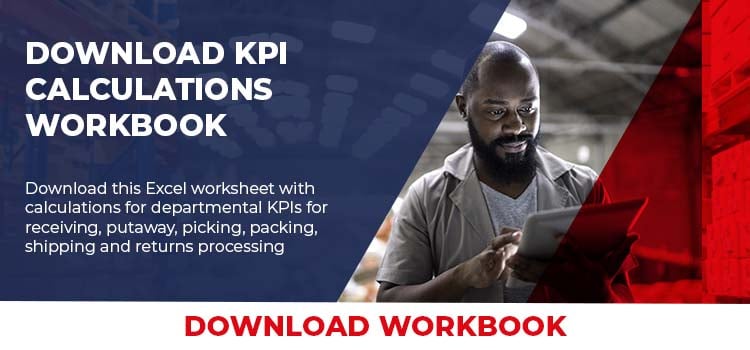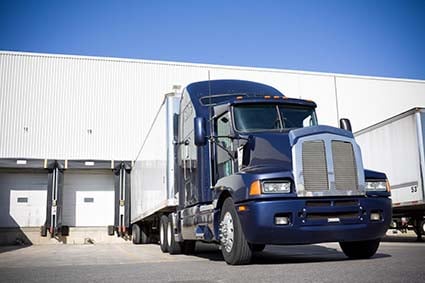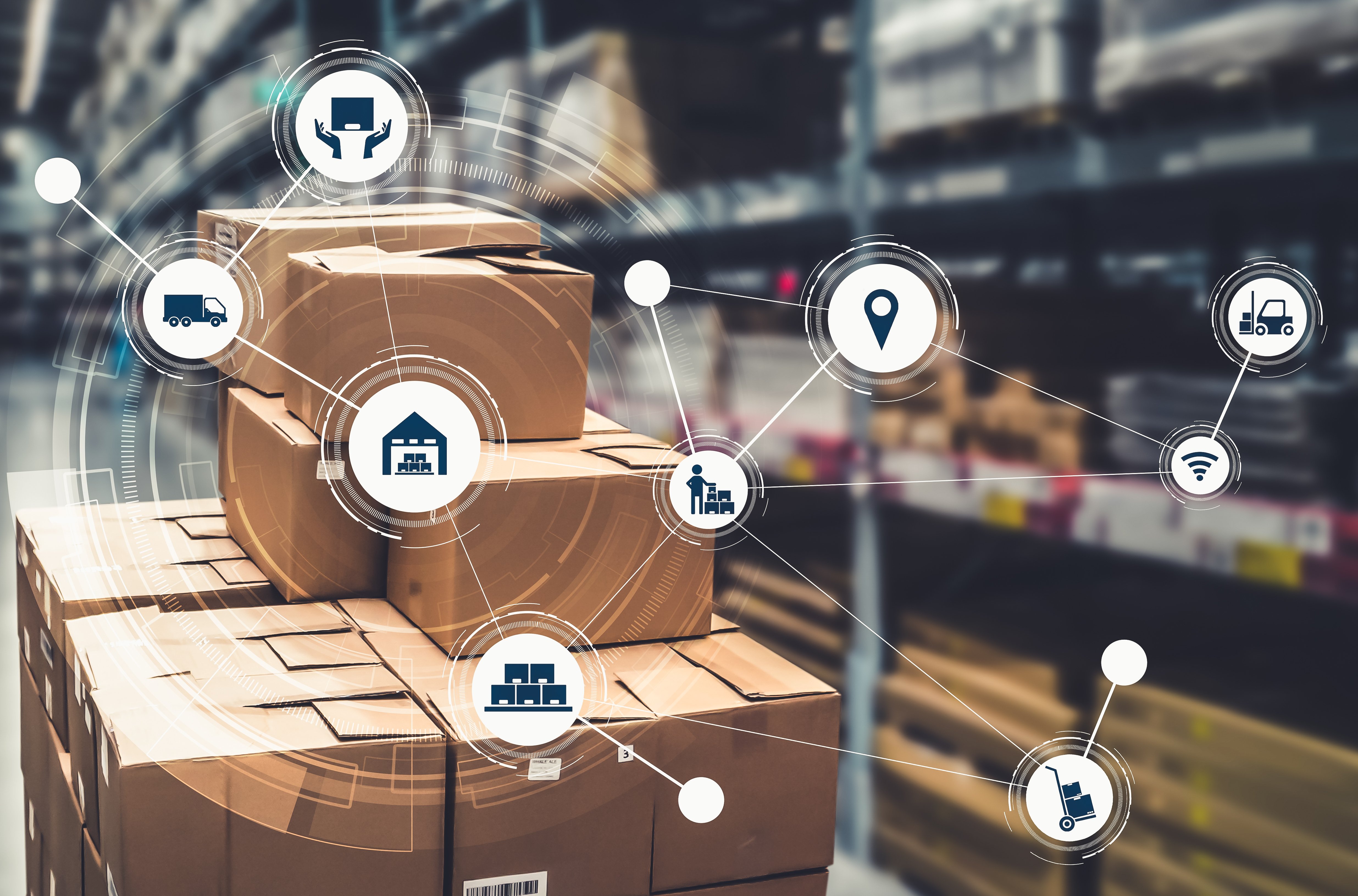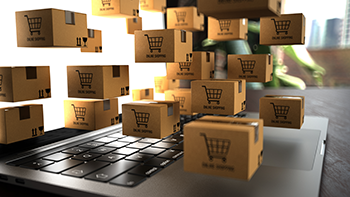There is no doubt that metrics play a vital role in managing fulfillment centers, efficient operations and warehouse labor. Various metrics, like Cost per Order Fulfilled (CPO), allow us to understand how operational costs impact profit margins and more.
efficient operations and warehouse labor. Various metrics, like Cost per Order Fulfilled (CPO), allow us to understand how operational costs impact profit margins and more.
But one major problem is that many managers are unsure of how to get under the number and truly understand what they mean – or how to set a course of action.
The importance of metrics is to first tell us are we trending the same, improving, or declining. The second importance of metrics is to help us zero in on the problem and how and where to fix it. This is where most managers struggle.
Executives and ownership don’t want excuses, they want to know what is happening, why it is happening, and what your course of action is going to be. And if you can’t provide this to them, they will find leadership that can.
What we are going to do is break down fulfillment Cost per Order, what to understand how to think about it, and what actions you should take. All of this is designed to help you provide your management with clear, concise actions based on what your metrics are telling you.
How is Fulfillment Cost per Order (CPO) Measured
Fulfillment Cost per Order is a metric that takes a holistic view of what it takes your operations to fully fulfill customer demand. It takes into account the following aspects:
Occupancy Costs/Facility Costs
o Monthly warehouse costs and offsite storage space
o Monthly utilities (gas, electricity, water, internet, etc.)
o Warehouse insurance, security and common area maintenance/improvements
Fulfillment Labor Costs
o Direct labor costs (receiving, picking, packing, shipping etc.) including hourly rates, benefits and employee costs
o Indirect labor costs (inventory, clerical, value added services, etc.) including hourly rates, benefits and employee costs
o Management and supervisory including benefits and employee costs
Packaging Materials and Supplies
o Pallets
o Shipping boxes and poly mailers
o Bubble wrap, air pillows, peanuts, paper, tape etc.
These costs can be rolled up and reported at a weekly, monthly, quarterly or yearly time period with the corresponding orders. However, it is most effective if the data points are plotted weekly and viewed over time instead of trying to make judgements week by week.
Additionally, since you need to collect the data in these various buckets, it is critical to not just watch the trend on cost per order, but to also watch trends on direct labor costs or packing supply costs.
By watching the trends at the subcategory levels, and the rolled-up cost per order level, companies can very quickly understand what actions to take. Do not overlook this need.
Lastly, we never recommend rolling up outbound shipping costs or revenues into these figures. These can always be looked at as a separate line item, but many times marketing drives the outbound shipping costs and free shipping thresholds, not operations.
Factors that Affect Cost per Order
The following sections highlight the need to track the subcategories of facility costs, labor and packing supplies separately.
Labor is often one of the highest costs in the distribution center budget and should get the most attention. These costs can be much more volatile than the facility costs on a week to week or even monthly basis. If your labor costs are trending higher, consider the following points.
Receiving and Putaway
1. Are receipts taking longer to process? If so, what is causing the issue. Is it problem receipts, or are there unnecessary steps you’re asking workers to follow?
2. Are receipts becoming more difficult to process? Are your vendors following your vendor compliance guidelines? Is it time for you to implement a vendor compliance program? Are you enforcing these guidelines vendors?
3. Is your putaway process becoming more costly? If you are simply putting a higher volume of inventory away, your only option is to just be as efficient as possible. Consider how putaway could handle some level of top off replenishments when it is opportunistic. Stage putaway inventory in a logical manner that minimizes travel distances.
Order Picking
1. Is the labor cost higher due to an increase in either the lines or units being picked? If you aren’t tracking lines or units on a regular basis, let this be your reminder to get started immediately. Consider more logical pick batches to be more efficient at picking. Avoid discreet order picking unless your system provides no other choice. Consider using a dynamic hot pick zone for the fastest moving SKUs.
2. Are you picking more kits on the fly or sets than previously, therefore more lines and units than previously? Companies can usually build kits faster in an assembly line process than a kit on the fly. This will speed up the picking throughput and lowers the overall fulfillment fees.
3. Are your pickers walking longer distances now? This can happen when you do not properly slot a warehouse on a regular basis. This can also point to new processes that have been introduced that slow down a picker or cause them to spend more time at a given step.
4. Have you asked your pickers what bottlenecks should be eliminated? An important step is to continually get feedback from pickers on the processes and what could be improved.
Packing and Shipping
1. Are packers constantly leaving their work areas to get supplies? If this is the case, understand why and what can be done. If they are running low on packing supplies, adjust the workstations to hold more supplies, or have a dedicated runner to replenish supplies. If packers are building pallets, have a runner remove full pallets and stage a new empty pallet.
2. Are packers having to deal with mis-picks on an order? This takes a packer away from the process and slows down throughput. Consider a process where the order is dealt with by dedicated worker or team so the packers can keep going. Deal with the root cause of the mis-picks to lower the total pack cost.
3. Are packaging supplies on the rise due to using the wrong size box, or too much dunnage? It is not uncommon for packers to grab a larger box, and part way through realize it's too big. But instead of replacing with a smaller box, they will add more packing supplies and ship the bigger box. This not only drives up the cost of packaging supplies but also the outbound shipping costs. You must be auditing some portion of outbound orders and retraining workers as necessary. Custom packaging only makes costs worse.
Inventory Control and Replenishments
1. Are you replenishing more frequently than before, driving up headcount and cost? This can happen when pick locations shrink in size to fit more locations in the same size footprint – being out of space can erode profitability. Try setting min/max replenishments at a case quantity increment so that you are splitting cases just to replenish pick locations.
2. Are you having to cycle count or audit and correct more locations and items than before? These are very important functions, but if you are only treating the symptoms then you will never control costs – and you will most likely erode customer satisfaction. These functions correct an issue, but you must get at the root cause of why the mistakes are occurring.
3. Are your operations struggling to find enough open locations to support new inventory or inventory putaway? Consider ways to consolidate stock locations in bulk reserve locations. Avoid consolidating similar SKUs together in a location – these could be SKUs that look similar or similar in item numbers. Even when using barcodes, this can slow down workers.
Customer Returns
1. Are the volume of customer returns on the rise? Focus on the aspects that you can control on the operations side - meaning operational issues and not product quality issues. If it’s due to increased mis-picks, understand why this is occurring and immediately take action. If it is due to damaged items from bad packaging, test alternatives. Efficient returns processing is critical to maintaining a high degree of customer satisfaction.
2. Is the processing time affected by inadequate space in the warehouse? It’s not uncommon to see the returns footprint get squeezed when companies outgrow the current space. Consider ways to more efficiently remove trash and dunnage to keep organized. To keep return fees down, focus on quickly and logically getting inventory dispositioned and removed from the returns department.
Summary
If you are not driving at the "why's", then you are most likely leaving executives and ownership wondering if you can turnaround the operations when trends go downward. It is important to keep a continual process improvement mindset which will translate to improve metrics and performance.
A well-run fulfillment center is constantly tweaking processes and testing new ideas. Your fulfillment operations should never remain stagnant. Review all aspects of your storage costs, packaging costs, administrative costs, and labor costs. Ask what changes could be made to lower the overall warehouse cost.
Third-party logistics can support most aspects for fulfillment, but these models can be more costly than internal fulfillment costs. However, many can offer a more stable cost per order. Fulfillment center pricing is typically a fixed variable model, or cost-plus for larger more complex accounts.
The additional cost must be accounted for when performing your due diligence of fulfillment providers. When evaluating fulfillment companies analyze the hourly rates, storage fees, shipping fees and additional services against your internal costs. A fulfillment service provider can also help you to expand your fulfillment network, but companies need to be careful with the hidden costs of increased inventory. These extra costs often become too high for smaller e-commerce businesses.
When it comes to the cost of shipping, ensure that you are not inadvertently driving up the shipping fees by using the wrong size boxes or too much void fill. Also consider how rate shopping can help lower the shipping rates. Additionally, utilize a strong partner to help review and negotiate shipping rates with carriers that also include the inbound shipping costs when possible.







SHARE